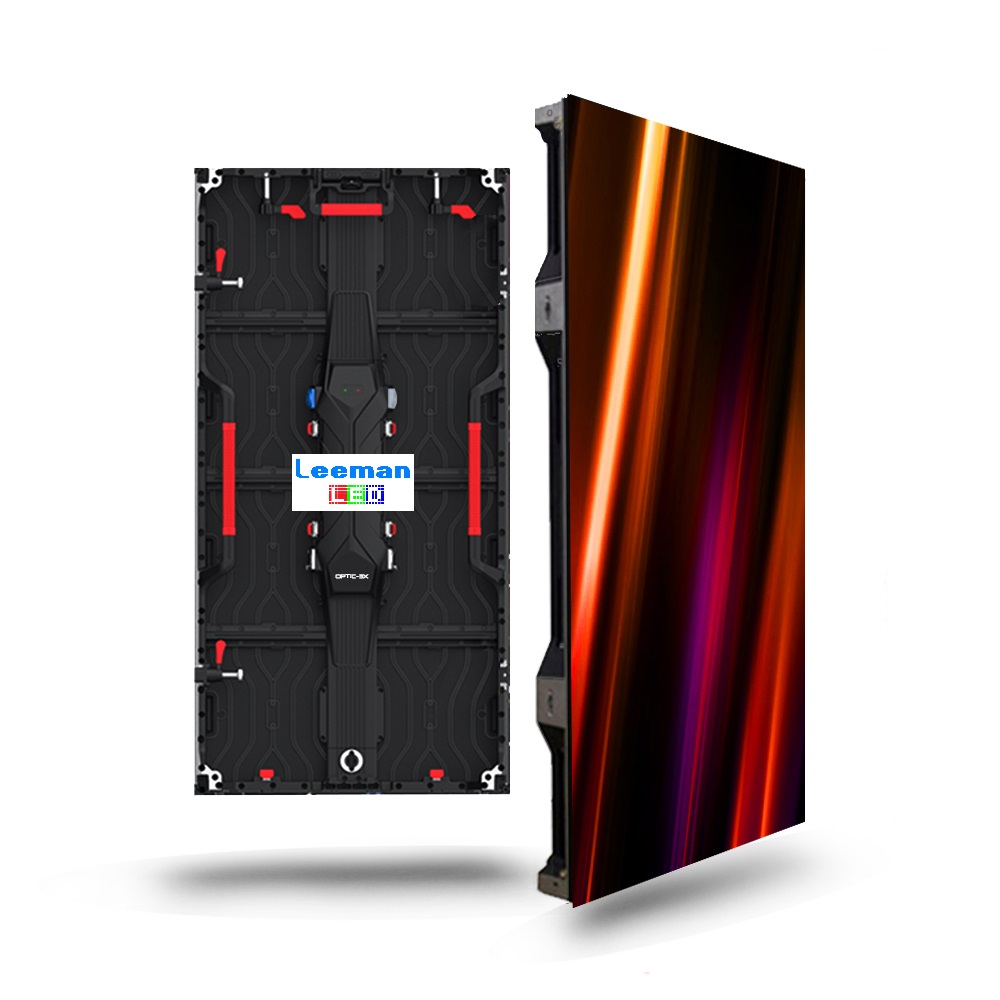Investigating the Key Factors That Affect Color Consistency in Light Emitting Diode Panel Screens for Ideal Visual Performance
Investigating the Key Factors That Affect Color Consistency in Light Emitting Diode Panel Screens for Ideal Visual Performance
Blog Article
Color uniformity in LED wall screens is essential for achieving maximum visual output. light-emitting diode wall screens are widely used in multiple settings, including musical events, meetings, and promotional displays. When the colors on these screens are consistent, they create a more captivating and immersive encounter for viewers. Several critical factors affect color uniformity, including the caliber of the light-emitting diode components, calibration processes, and surrounding conditions.
The caliber of the light-emitting diode components plays a significant role in hue consistency. Various types of light-emitting diodes produce light at different wavelengths, which can affect the overall hue output. High-quality LEDs are designed to generate a more consistent light range, leading in improved color accuracy. Additionally, the production method of these light-emitting diodes can affect their functionality. Screens made with superior materials and techniques tend to have fewer color variations, ensuring that the shown images and footage look vibrant and faithful to reality.
Calibration is another crucial element in maintaining hue uniformity in light-emitting diode wall screens. Tuning entails adjusting the settings of the screen to make certain that the colors displayed match the desired design. This process can include adjusting brightness, differentiation, and hue balance. Regular tuning is necessary, especially in environments where lighting factors vary frequently. By calibrating the panels, specialists can fix any discrepancies in color result, resulting to a more uniform viewing encounter.
Surrounding conditions also affect hue uniformity in light-emitting diode wall screens. Elements such as ambient light, temperature, and moisture can affect how colors are perceived. For example, intense surrounding light can wash out colors, making them look more lively. Similarly, harsh temperatures can affect the functionality of the light-emitting diodes, resulting to color shifts. To reduce these problems, it is crucial to install light-emitting diode wall screens visit site in controlled environments where illumination and heat can be controlled efficiently.
Lastly, the layout and layout of the LED wall panels can affect hue consistency. The arrangement of the panels, as well as the distance from which they are observed, can create differences in hue recognition. When panels are placed too distant apart or at varied positions, viewers may detect discrepancies in color. To achieve the best optical output, it is crucial to take into account the placement and alignment of the screens during installation. By addressing these elements, users can ensure that their light-emitting diode wall screens provide a consistent and high-quality visual experience.